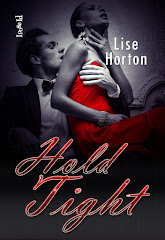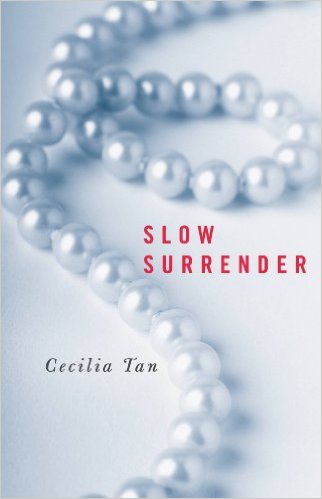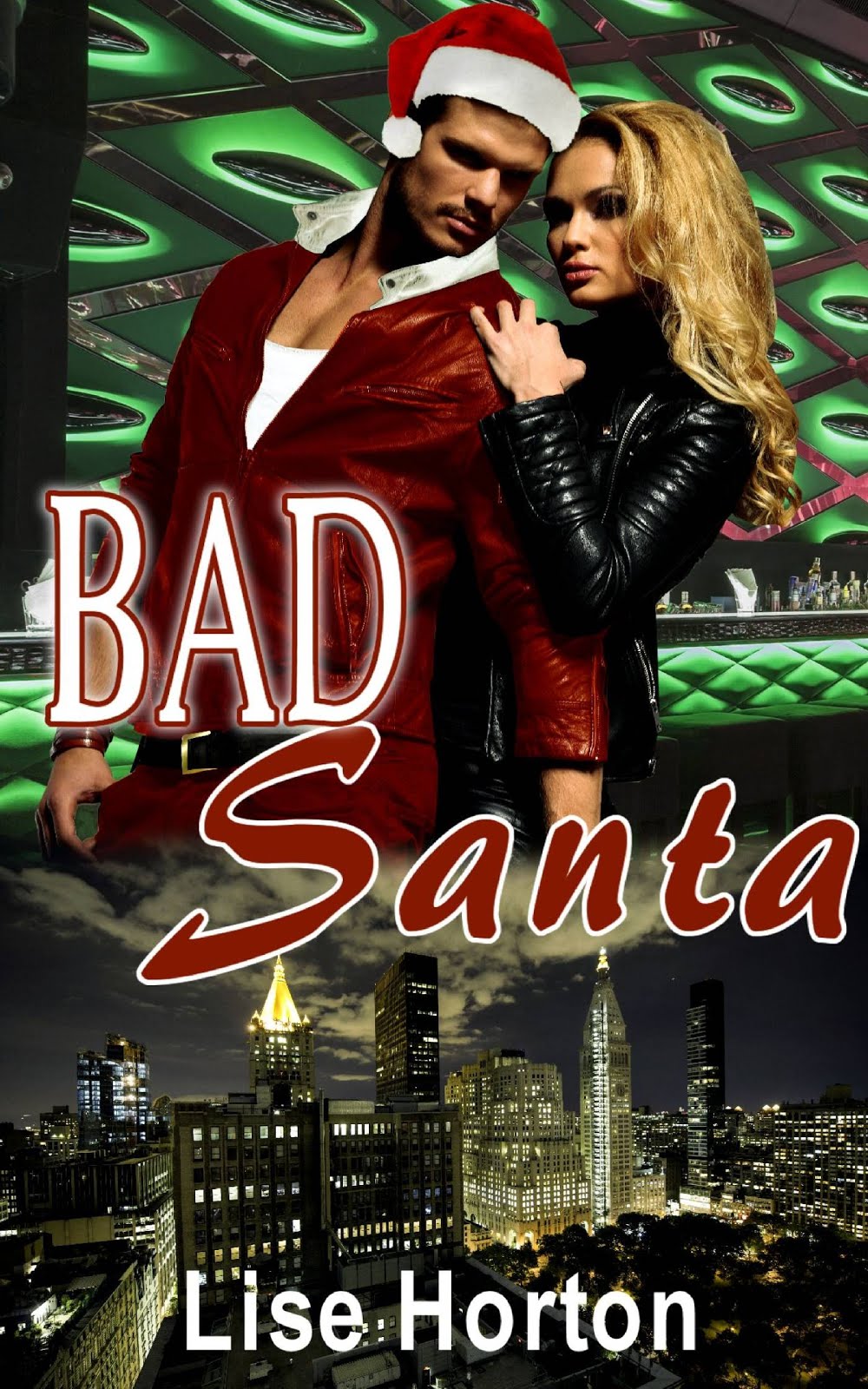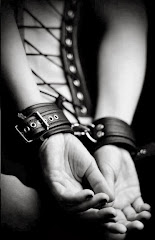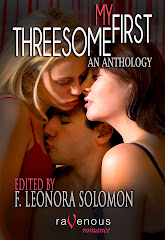
. . . And let us, ciphers to this great accompt,
On your imaginary forces work.
Suppose within the girdle of these walls
Are now confined two mighty monarchies,
Whose high upreared and abutting fronts
The perilous narrow ocean parts asunder:
Piece out our imperfections with your thoughts;
Into a thousand parts divide on man,
And make imaginary puissance;
Think when we talk of horses, that you see them
Printing their proud hoofs i' the receiving earth;
For 'tis your thoughts that now must deck our kings,
Carry them here and there; jumping o'er times,
Turning the accomplishment of many years
Into an hour-glass . . .
(Excerpt, Act I Prologue, Henry V, by William Shakespeare)
In theatre, a play’s author gives bare setting descriptions. Then the director and set designer work together to create the living set on which the play will be enacted. Whether it includes a falling chandelier, rotating sets and waterfalls or a spare, single room presentation, it takes an entire team to create the effective setting so the audience can see the visual rendering of the world of the play’s creator.
As writers of fiction, there is a good side, and a bad side, to our job as the sole designer of setting and our use of description. The upside: Our readers will imagine, based on our words, the place, and the setting that fits perfectly for them within the context of the story. No risk of disappointment as happens in theatre, or film, where the end result does not match the visual the readers had already created from the books. But the same plus, is also the downside. Because YOU are the sole creator of the setting. If you skimp on it, or if your description fails to captivate and conjure a sense of place for your story – then there’s no THERE there for your audience: The Reader.
Shakespeare gave his audience tremendous setting and atmosphere hints via his chorus speeches and prologues (such as I opened this piece with). His words allowed his audiences to fill in the blanks and augment the stage set with the grand world and events amid which his plays were to transpire.
He utilizes dialogue, as well, to enhance the sense of time and place, as in the first words of King Lear in Act III, Scene II, as he enters with the Fool in the midst of a storm:
“Blow, winds, and crack your cheeks! Rage! Blow!
You cataracts and hurricanoes, spout
Till you have drench’d our steeples, drown’d the cocks!
You sulphurous and thought-executing fires,
Vaunt-couriers to oak-cleaving thunderbolts,
Singe my white head! And thou, all-shaking thunder,
Strike flat the thick rotundity o’ the world!
Crack nature’s moulds, all germens spill at once
That make ingrateful man!”
You have the opportunity to do this task utilizing both narrative as well as characters’ own description in thought or dialogue.
But how many elements go into crafting an effective setting?
Some major ones would be time, place, era, season, weather, temperature. What are they and how are you conveying this information? What impact or effect do these elements have on the narrative/action? Is it backdrop? Does it enhance the mood? Is it part of the challenge to the characters in the context of forward action?
Then there are the subtleties that more specific description adds to your setting. Like a set designer your eye must fall on every single nook and cranny of your setting. Then decide what is vital, and what is unimportant for your scenic design and what details would be innocuous, and can be ignored. How does describing the important elements help make your setting richer, bolder and more conducive to drawing your reader into your world – so that it runs like a film in their head as they read.
Take for example a set piece – a clock, which can be utilized both as a set design element and as a detail to help establish time frame, perhaps, or passage of time, as it ticks away the minutes. How can this element be adding to your atmosphere. Does it toll the ominous passing of time as the heroine desperately attempts to escape her bonds and flee the killer coming for her? Does it register the mounting excitement as a bride awaits her bridegroom on their honeymoon night? The frustration of a woman awaiting her lover who is late, or the trepidation of a character awaiting news of a job interview, the angst of a parent awaiting word on a sick child? Or does it notch up the erotic tension as a man watches his lover coming towards him to begin their tryst?
From ensuring that your description is specific: Is your heroine’s hair blown by a wind? Or is it a zephyr, a gale, an icy gust? Here’s where your word selection will come into play, and remember that action words convey more than non-action descriptors, details that bring to mind sense responses – especially touch and smell – can ramp up the depth of your setting. When elaborating on your setting include specific details that help anchor the time and place in your readers’ minds. Not just a city – is the city more like New York? Or Paris? Moscow, Shanghai or Casablanca? Kalamazoo or Kingston? Does the character live in a house surrounded by a garden? Or by a wild cacophony of wildflowers, daisies with bright faces, and nodding sunflowers? Is the smell permeating the room simply “food cooking”? OR is it the smell of old bacon grease and stale coffee, the pungent aroma of garlic and herbs, or the homey scent of meatloaf and cornbread? Is it raining? Or is it a typhoon, a sun shower, a nourishing spring rain, or a thundering downpour? Is the house just a house? Or a hobbit hole? A magical Weasley oddity or a dreary Kansas farmhouse?
What tiny elements can add atmosphere and mood to a set? What can help convey the tone and emotion of the characters in a given situation? What aspects of your setting and description round out and complete the world your characters inhabit so that – whether the setting is a space ship headed for Alpha Centauri in the year 2525, a Scottish castle in the highlands, or an upper West Side Manhattan one-bedroom apartment – it is a rich, vital, immediate and REAL world for your readers?
Like a combination playwright/set designer/director you must use all of your skills to build a perfect world – setting – and illuminate the place in which your novel’s action proceeds. From first page to last, in every chapter, scene, paragraph – your descriptive detail of the surroundings must be gripping, evocative, enlightening, compelling and they must sweep your reader away into a world so real that there IS a THERE there!
P.S: For some additional plays where marvelous “worlds” are created, try “The Iceman Cometh” by Eugene O’Neill, “The Hot L Baltimore” by Lanford Wilson, Sam Shepard’s “True West”, “Bus Stop” by William Inge, “Ghosts” by Henrik Ibsen, “Steel Magnolias” by Robert Harding or “The Skin of Our Teeth” by Thornton Wilder.
And for incredible setting and descriptive detail – within a story that runs from modern-day London, to the English countryside, as well as back into Victorian England and Italy, there is no more wonderful novel I have ever read than A. S. Byatt’s Booker Prize winning Possession. It is like a wonderful creative writing class all by itself!

I know a bank where the wild thyme blows,
Where oxlips and the nodding violet grows,
Quite over-canopied with luscious woodbine,
With sweet musk-roses and with eglantine:
There sleeps Titania sometime of the night,
Lull'd in these flowers with dances and delight;
Oberon, Act II, Sc. I “A Midsummer Night’s Dream”
William Shakespeare









